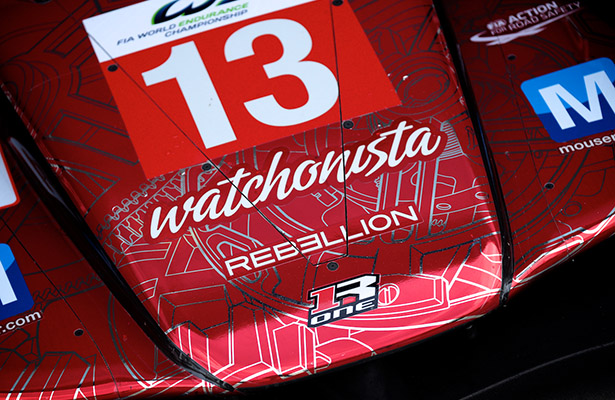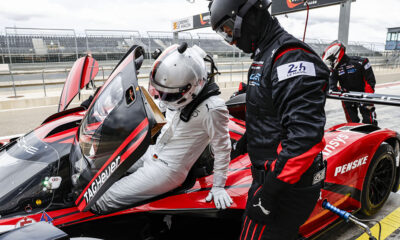
Photo: John Dagys
The ACO has confirmed changes to the LMP1 non-hybrid technical regulations that’s set to be introduced next year, with the adoption of DRS planned for 2018.
Key changes will be imposed for the privateer sub-class, including the elimination of engine capacity limitations and the number of engines used over the course of the FIA World Endurance Championship season.
LMP1-L cars will also see a reduction in minimum weight to 830kg, an increase in the cord and width of the rear wing, as well as a wider front nose.
Teams will also now utilize a single flow meter, with the torque meter removed, as well as retain the current chassis rules for the next three years.
The FIA and ACO have worked with current and prospective teams and constructors since last year’s season finale in Bahrain to come up with revisions, targeted to increase the car count.
Proposals were pushed forward earlier this year and are expected to be ratified by the FIA World Motor Sport Council.
“We have to introduce these rules; we need to give time to people to get prepared,” said ACO Sporting Director Vincent Beaumesnil.
“I think we want to enforce it next year to help the guys we have here now: Rebellion and ByKolles. And at the same time we’re giving a vision to the ones that want to make a car and get ready.
“Some of them can make it for next year but we will probably have more in ’18.”
The biggest change is the planned adoption of DRS, which is currently being used in Formula One and DTM.
Beaumesnil said details on the aerodynamic device’s exact implementation has yet to be determined.
“There are many safety aspects with such a decision,” he said. “We have no time to work it out properly. We definitely cannot make it for ’17.
“We know what kind of gain we can get from it, but the kind of implantation, the writing of the rules, the testing, needs more time.
“Our vision is that it needs to be something quite simple that could be activated by the driver.
“But it also needs to have the safety backups, like when you brake, when you turn, when it spins or whatever, the downforce has to be on high. But then the driver on-demand when he needs more speed, he can have it.
“It’s a principle but we have to go through more details.”
Beaumesnil said he hopes the changes to the sub-class, as well as aero adjustments to the LMP1 hybrids, will help close the performance gap t0 2011 levels.
That year, LMP1 privateer entries were roughly 2.5 seconds per lap slower than the hybrids, compared to what’s turned into a nearly 8-second gap seen at the 24 Hours of Le Mans.
“I think if we manage to go back to something like [that then it’s good,” he said. “It’s difficult to establish a clear target. We’ll also reduce the downforce of the factory cars. All together, we’ll see.
“We can do that only if we don’t enforce them to spend money. That’s the challenge.”

























